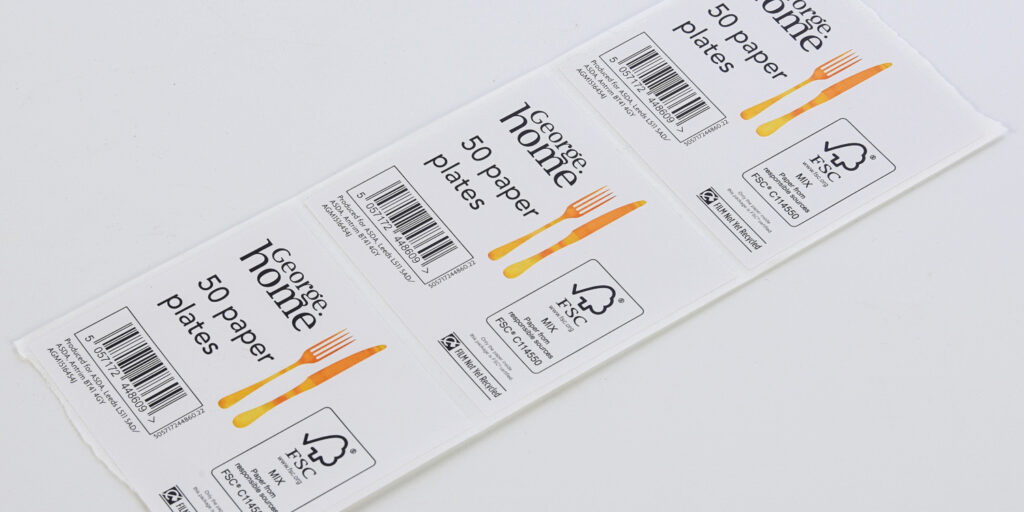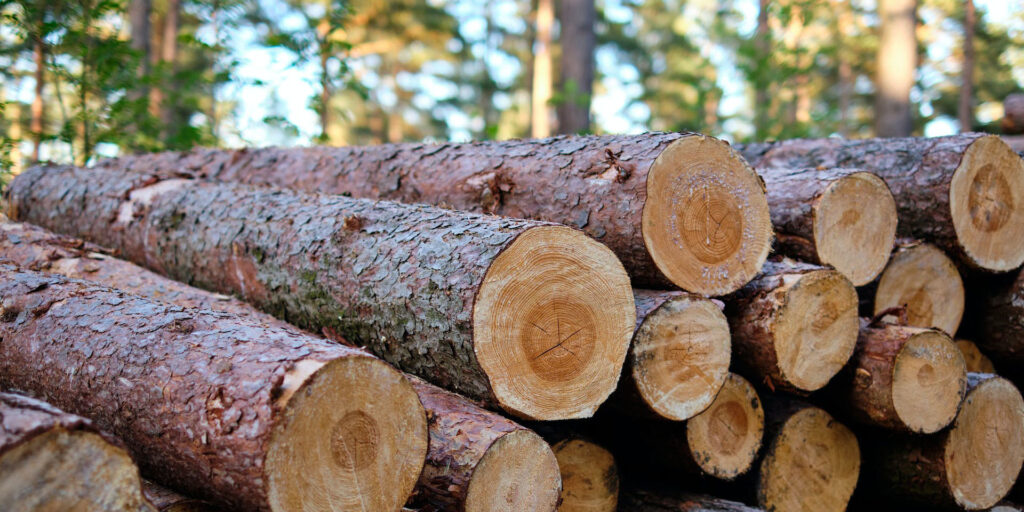In today’s world, where sustainability and environmental responsibility are at the forefront of our minds, FSC (Forest Stewardship Council) certification labels have emerged as a beacon of eco-consciousness. These labels are more than just symbols; they represent a commitment to responsible forestry practices that benefit our planet and future generations. In this comprehensive guide, we will delve into the world of FSC certification labels, exploring what FSC is, the stringent standards and requirements for certification, the various categories of FSC labels, and why using them is not only beneficial but also imperative for a sustainable future.

What is FSC?
The Forest Stewardship Council, abbreviated as FSC, is a globally recognized non-profit organization that sets the gold standard for responsible forest management. Established in 1993, FSC’s primary mission is to promote environmentally sound, socially beneficial, and economically viable forestry practices. FSC is committed to safeguarding the world’s forests by certifying and labeling products derived from sustainably managed forests. These products include paper, wood, and various other forest-based materials. FSC certification is widely recognized and sought after by companies and consumers as it helps support environmentally conscious and ethical forestry practices while also ensuring the sustainability of forest resources.
Standards and Requirements of FSC Certification
FSC certification is no small feat. It demands rigorous adherence to a set of principles and criteria that are designed to ensure forests are managed in a way that protects ecosystems, respects the rights of workers and indigenous communities, and supports economic sustainability. The FSC certification process includes comprehensive audits and assessments to confirm that certified forests meet these standards. For a certification label to be granted, forests must demonstrate a commitment to responsible practices, and this certification is not a one-time achievement; it requires continuous monitoring and renewal to ensure ongoing adherence to FSC’s high standards.
The standards and requirements for FSC certification can vary depending on the specific type of forest management or the specific product being certified. However, there are several key principles and criteria that generally apply across FSC certification, for example:
1. Compliance with Laws and FSC Principles: Forest managers must adhere to all relevant local, national, and international laws and conventions and demonstrate their commitment to the FSC’s 10 principles of responsible forest management.
2. Ten Principles of Responsible Forest Management: These principles cover a range of environmental, social, and economic considerations, including biodiversity conservation, community engagement, workers’ rights, and sound management practices.
3. Biodiversity Conservation: Certified forests must actively protect and promote the diversity of plant and animal species, as well as maintain the ecological functions of the forest.
4. Protection of Ecosystem Services: Forests must be managed to maintain the services they provide, such as water quality, soil stability, and carbon storage.
These standards help ensure the credibility and transparency of the FSC certification system, promoting responsible and sustainable forest management practices. Organizations seeking FSC certification must engage with FSC-accredited certification bodies to undergo the certification process, which involves a thorough evaluation of their adherence to these standards and criteria.

Categories of FSC Labels
The Forest Stewardship Council (FSC) uses three main types of labels to help consumers identify and choose products that come from responsibly managed forests. These labels are:
1. FSC 100%: This label signifies that the product is made entirely from FSC-certified materials. It signifies that the product is produced using wood and other forest-based materials that have been responsibly and sustainably managed.
2. FSC Mix: The FSC Mix label is used on products that contain a combination of FSC-certified materials, recycled materials, and/or controlled wood (wood that is not FSC-certified but meets certain responsible sourcing criteria). This label is used for products where the exact sources of the materials may vary, but they meet FSC’s requirements for responsible forest management and sourcing.
3. FSC Recycled: Products bearing the FSC Recycled label are made primarily from post-consumer or post-industrial recycled materials. These materials have been reclaimed from previously used products and then reprocessed into new items. This label promotes the responsible use of recycled materials and encourages the recycling of wood and paper products.
These labels allow consumers to make informed choices when purchasing wood and paper products, ensuring they support environmentally and socially responsible practices in the forestry and paper industries. The presence of an FSC label on a product indicates that it has undergone a certification process to verify its compliance with FSC’s stringent standards for sustainability and responsible sourcing.

Why Should We Use FSC Certification Labels?
1. Environmental Conservation: FSC-certified products come from forests managed in an environmentally responsible and sustainable manner. This certification promotes practices that protect ecosystems, conserve biodiversity, and maintain the health of forests, helping to combat deforestation and habitat destruction.
2. Promoting Sustainable Business: Businesses that adopt FSC certification labels are viewed as environmentally responsible and can attract eco-conscious customers. Moreover, they play a vital role in driving the demand for sustainable forest products, encouraging more forest owners to embrace responsible practices.
3. Consumer Confidence: The FSC tag is a trusted symbol that assures consumers that the product they are buying is environmentally friendly and socially responsible. This can build trust and loyalty with customers who value sustainability.
4. Supply Chain Transparency: FSC certification involves tracking the flow of certified materials from the forest to the final product. This enhances supply chain transparency, helping businesses and consumers trace the origins of the wood and paper products they purchase.
In conclusion, understanding FSC certification labels is not only a way to make more informed purchasing decisions, but it is also an essential step in the global effort to protect our forests and the planet as a whole. By supporting responsible forestry practices and using FSC-certified products, we can make a significant difference in safeguarding our natural resources and ensuring a more sustainable future. If you still have questions about the FSC label, please feel free to contact our experts.



